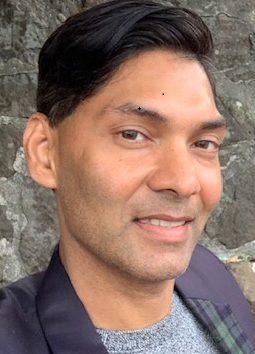By Kymberly Ainsworth, Milesh Jain, Tom Manley, and Jonathan Prugh.
What Is a Retrospective?
Retrospectives are a key ingredient to continual improvement in any work you do as part of a collaborative team. But the reality is that no project is perfect, and without a retrospective the team is missing an opportunity to make their future projects run better. As Henry Ford said, “The only real mistake is the one from which we learn nothing.”
Retrospectives are often treated interchangeably with post-mortems and lessons learned, but they each represent distinct methods. The primary difference is that project closing procedures and post-mortems focus on the past to understand what went wrong, and retrospectives focus on the past to improve the future. Retrospectives are participatory workshops in which every member of the team gets together to reflect and determine how they can work better together.
There are a wide variety of retrospective techniques designed to elicit both specific and holistic feedback, but traditionally, retrospectives focus on three primary questions:
- What Went Well?
All too often, we don’t take the time to honor the things that went well, which makes it difficult to replicate them. Understanding what went well takes success out of the realm of “we got lucky” into specific, replicable actions for continuous improvement. And in that spirit, even successes provide opportunities to improve.
- What Didn’t Go Well?
Talking about what went wrong and why can be tricky. Particularly in the workplace, conversations about failure are often difficult and uncomfortable. Retrospectives provide a framework to make these conversations easier. To this end, good retrospectives obey the grounding principle of what is referred to as the Retrospective Prime Directive, created by respected software consultant and author Norm Kerth:
Regardless of what we discover, we understand and truly believe that everyone did the best job they could, given what they knew at the time, their skills and abilities, the resources available, and the situation at hand.
Centering retrospectives around this prime directive ensures the team focuses on process, not people. It’s important to improve the team’s processes to avoid inefficiencies, support collaboration, and deliver on business goals.
- What Actions Do We Want to Take?
The outcomes of steps 1 and 2 are often overwhelming. The team must prioritize the most important improvements to carry into future work, and then create actionable items with clear accountability.
Each action item should address an issue identified in step 1 or 2. Someone on the team takes responsibility for that improvement, and it should be measurable so that the team is able to evaluate if the change worked.
Conclusion
Retrospectives are a great way to mature your team. They may be challenging, but they can also be fun. If you’d like to learn more or talk with someone about how to add retrospectives to your team’s processes, drop us an email.
 Kymberly Ainsworth is business process manager, School of Medicine Dean’s Office, Technology Services, UC San Francisco.
Kymberly Ainsworth is business process manager, School of Medicine Dean’s Office, Technology Services, UC San Francisco.
 Milesh Jain is senior project manager, School of Medicine Dean’s Office, Technology Services, UC San Francisco.
Milesh Jain is senior project manager, School of Medicine Dean’s Office, Technology Services, UC San Francisco.
 Tom Manley is senior project manager, School of Medicine Dean’s Office, Technology Services, UC San Francisco.
Tom Manley is senior project manager, School of Medicine Dean’s Office, Technology Services, UC San Francisco.
 Jonathan Prugh is design manager, School of Medicine Dean’s Office, Technology Services, UC San Francisco.
Jonathan Prugh is design manager, School of Medicine Dean’s Office, Technology Services, UC San Francisco.







